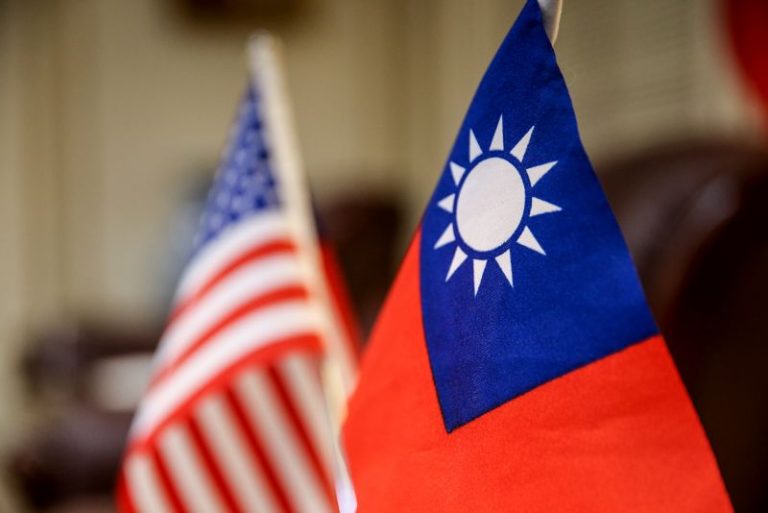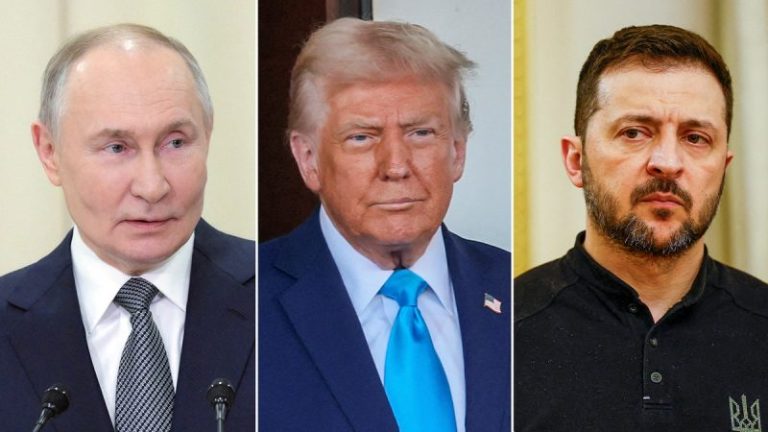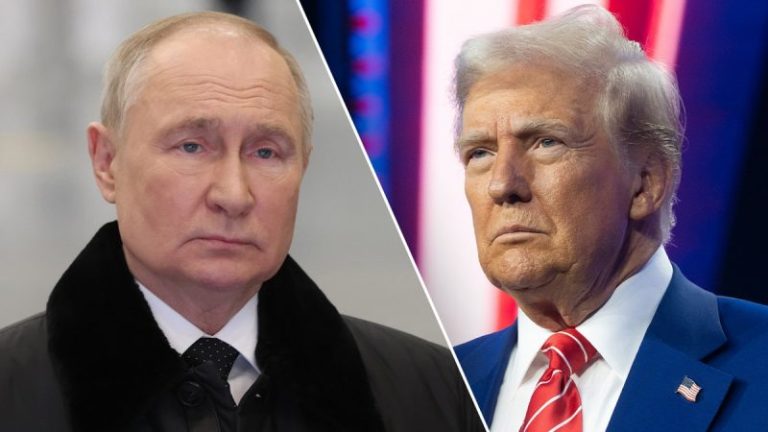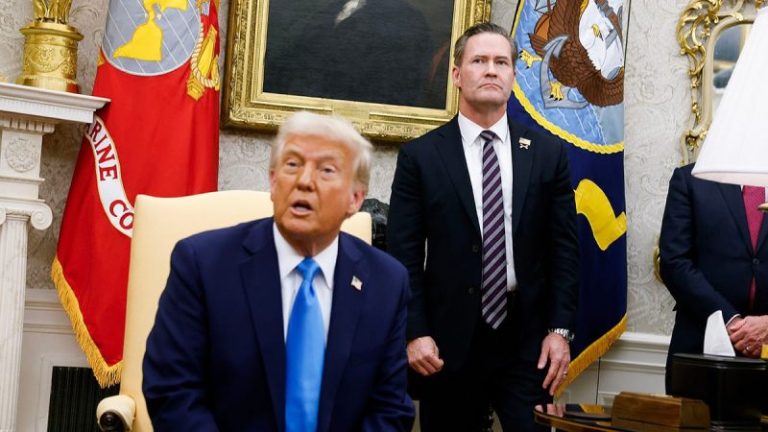European leaders are gathering in France for an emergency summit on Ukraine after the Trump administration announced it was opening talks with Russia on ending the war without a European presence.
UK leader Kier Starmer said the meeting in Paris was a “once in a generation” moment for national security following Washington’s bombshell announcement that has sparked concern in Kyiv and across Europe that Ukrainian and European leaders will be frozen out of peace negotiations.
In recent days, US President Donald Trump and his top officials have upended what had largely been a united front between Washington and its European NATO allies on supporting Ukraine against Russia’s invasion, which is nearing its third anniversary.
Trump’s posture toward Russian President Vladimir Putin, and comments from US officials on Ukraine and NATO, has raised anxieties in Europe that Washington’s vision for a swift end to the war would allow for key concessions to Russia.
The Ukrainians said they would not be present at the talks, though Keith Kellogg, the Trump administration’s Russia-Ukraine envoy, discussed a “dual track” set of negotiations and will be in Kyiv this week. On Sunday, Trump said the Ukrainians would be part of the negotiations.
On Sunday Ukrainian President Volodymyr Zelensky said he would “never accept any decisions between the United States and Russia about Ukraine,” during an interview with NBC News’ Meet the Press.
As well as Starmer, the leaders of Germany, Italy, Poland, Spain, the Netherlands and Denmark, as well as the President of the European Council, the President of the European Commission and the Secretary General of NATO, will attend what host French President Emmanuel Macron said would be an “informal meeting,” according to the Elysée Palace.
Writing in the Daily Telegraph newspaper, Starmer said he was “ready and willing” to put British troops on the ground in Ukraine to enforce a peace deal if necessary.
The European diplomatic efforts follow Trump’s “lengthy” phone call with Putin last week after which he announced negotiations to end the Ukraine war would start “immediately.” Ukraine envoy Kellogg then said Europe would not have a seat at the table.
Meanwhile, Rubio framed the talks with Russia as the first steps of a process to determine whether Russia is serious about ending its war in Ukraine, and indicated that both Ukraine and Europe would be involved in negotiations if talks progress in the right direction. Rubio’s comments follow a call with his Russian counterpart, Sergey Lavrov, which, he said, was meant to establish an open channel of communications.
Macron on Sunday said he discussed Russia’s war in Ukraine during a phone call with Saudi Arabia’s Crown Prince Mohammed bin Salman and emphasized that Europe should be at the center of fostering peace in Ukraine.










